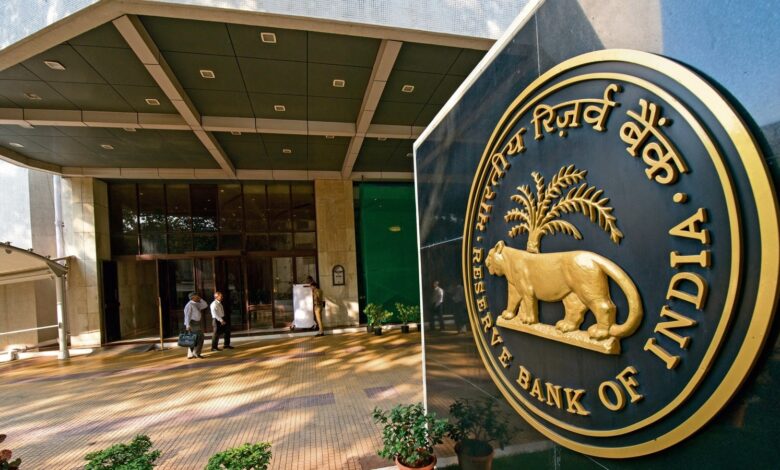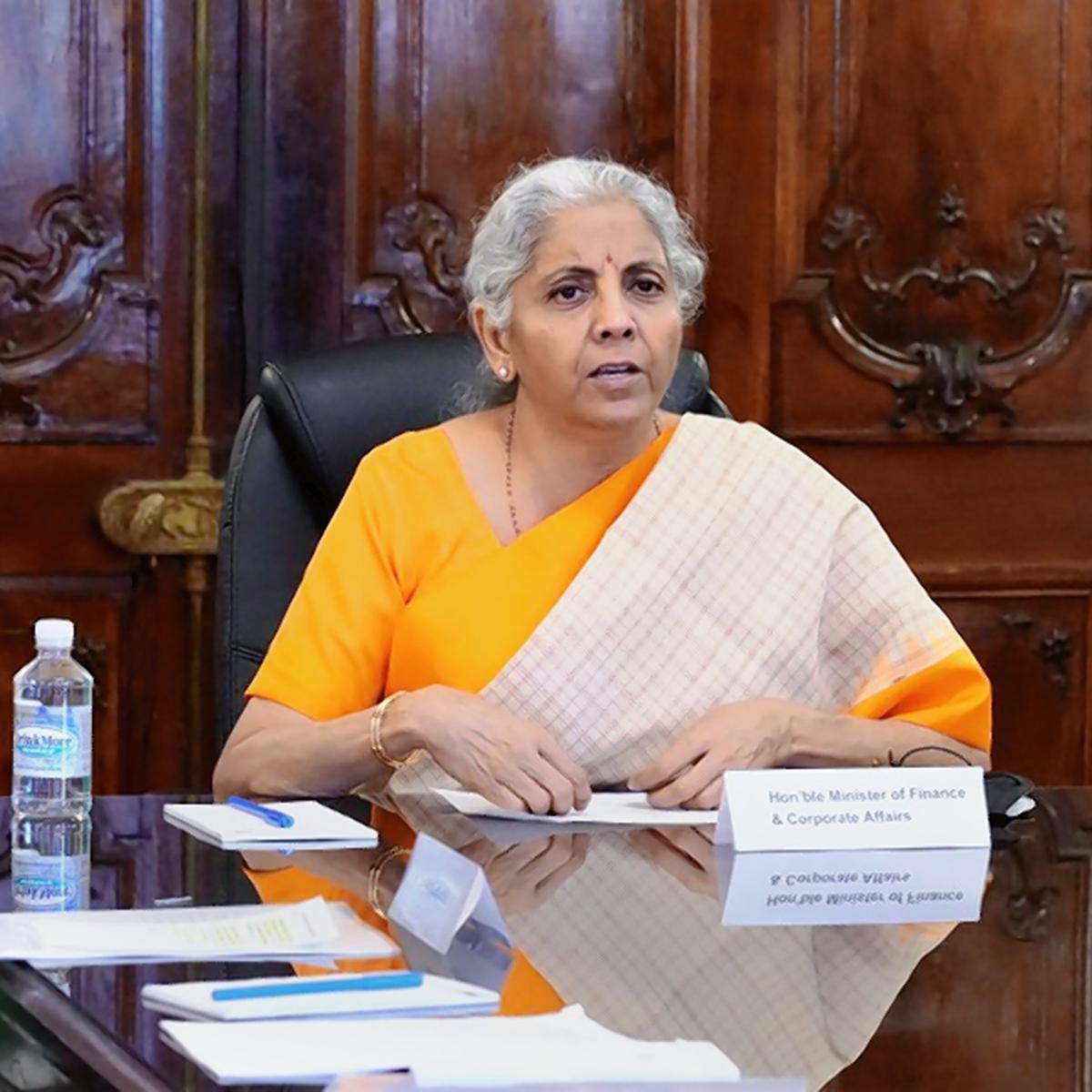Now RBI and Government May Not Be In Agreement On Rate Hikes

With the sticky retail inflation, print suggests the Reserve Bank of India (RBI) is to continue raising interest rates. There are early but clear signs of divergence of views between the government and the central bank on the central bank’s monetary measures to control inflation against the first imperative to restore growth.
With muted private investment and the challenge of sustaining a nascent consumption recovery, there are several signals that the North Block is leaning towards a steady pace of rate hikes by the RBI rather than an aggressive stance by developed country central banks.
Government Views on the RBI Take

The government’s view is that, as a result of the ongoing Russian-Ukrainian conflict, inflation is primarily driven by global factors. “Until price rises have been an issue, due to peripheral factors that are now getting normalized,” a top government official said.
According to the government, Food prices are affected by seasonal factors, but many of these items are stored well, the official added. With many agencies downgrading their growth forecasts for India, the government fears that any sharp rate hike could dampen growth prospects.
RBI is in custody. It is just a month away from beating the inflation target for three consecutive quarters, after which it will have to explain to the government the reasons for breaching the inflation target. The Reserve Bank of India plans to hold a special meeting of the Monetary Policy Committee after the next inflation press release on October 12 to discuss the report it will have to submit to the government.
Recent retail inflation for August came in at 7 percent, marking the 8th month above the upper bound of RBI’s target of 4 +/- 2 percent and almost three years (35 months) of staying above 4 percent. From the central bank’s perspective, current easing is not an achievable strategy, according to an official familiar with the many discussions on the topic.
Last month, RBI announced a third hike in the repo rate to 5.4%, an increase of 140 bps since May. On Friday, the Reserve Bank of India, in its state of the economy bulletin, favored “front-loading monetary policy measures” such as interest rate hikes to curb inflationary pressures without sacrificing “medium-term growth” prospects. However, the RBI emphasized that the views expressed in the article were those of the authors, which included Deputy Governor Michael D. Patra.

On September 8 at the ICRIER conference, Union Finance Minister Nirmala Sitharaman made this call with a disclaimer. “I do not recommend anything to the Reserve Bank of India, I do not give any route to the central bank. But it’s true – India’s solution to managing the economy, which also includes managing inflation, is an exercise where fiscal policy works alongside monetary policy.
It cannot be left to monetary policy alone, which has proven to be completely ineffective in many countries. And these are the countries whose structures form the basis for the monetary policy theory that interest rates are a powerful tool to manage inflation,” she said.
A day earlier, during his speech at the India Ideas Summit organized by the US-India Business Council (USIBC), the FM said that inflation has been brought down to a manageable level and is no longer a “red” priority. “I expect this doesn’t come as shock to many of you,” she said. They also commented that they have proven in the last few months and get the work to a controllable level.
Earlier this week, in a book discussion with Finance Commission Chairman NK Singh, Principal Secretary to the Prime Minister P K Misha spoke in a similar vein about the need to construct and make rules beyond “one-dimensional” attention on price rises.
In its latest monthly economic survey released on Saturday, the finance ministry said it expected the acceleration in consumption to hold and that a sharp recovery in private consumption, supported by rising consumer sentiment and rising employment, would “sustain growth in the coming months”.
The difference of opinion between the North Block and Mint Street on the issue of rate hikes is not new. In April 2015, even after two interest rate cuts by the RBI that year, then Finance Minister Arun Jaitley said he wanted the interest rate to be “much lower”, noticing that there were no variances between the administration and the Reserve Bank of India, RBI.

Later in August 2015, with more pressure to cut rates amid slowing growth, then RBI Governor Raghuram Rajan said interest rate cuts should only be made after persistently low inflation, and not as “goodies” handed out after a public plea. In October 2012, then Finance Minister P Chidambaram specified that the RBI was not on the same page with the finance ministry.
In a recent research report, Nomura said most Asian central banks are expected to maintain a gradual pace as Asia’s inflation cycle is benign compared to the US and Europe and there is an insufficient indication of a wage-price spiral.




